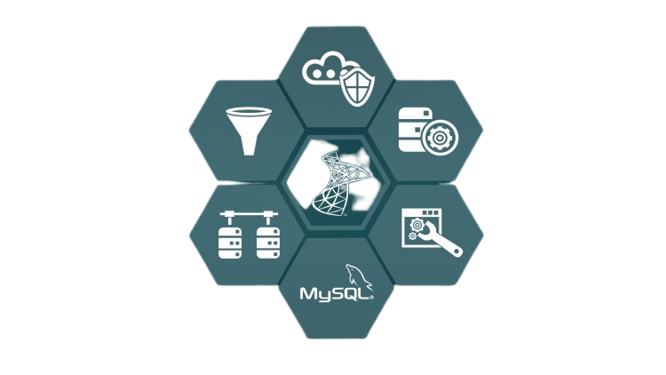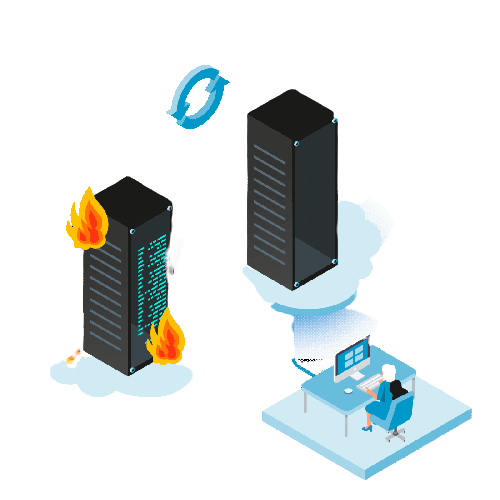DR & High Availability

Disaster Recovery (DR) and High Availability (HA) are two critical aspects of IT infrastructure and data management that help organizations ensure the availability and resilience of their systems and data. They are closely related but serve different purposes

Disaster Recovery (DR):
- Purpose: Disaster Recovery is a broader strategy that focuses on recovering from catastrophic events that can cause significant data loss or prolonged downtime. These events can include natural disasters, cyberattacks, data center failures, and more.
- Techniques: DR involves creating backups of data and systems, often offsite, and having a plan in place to restore operations after a disaster. This may include data replication, backup systems, and data centers in geographically distant locations.
- Benefits: DR provides a safety net in case of major incidents that could lead to data loss or extended downtime. It helps organizations recover from disasters and resume normal operations as quickly as possible.
RTO (Recovery Time Objective):
- HA typically aims for near-zero downtime, with rapid failover mechanisms in place.
- DR focuses on defining acceptable downtime based on the criticality of systems and data. RTO can vary from hours to days.
RPO (Recovery Point Objective):
- HA often achieves real-time or near-real-time data synchronization between redundant systems.
- DR determines how much data loss is acceptable during recovery. This can range from a few seconds to hours or more.
Cost and Complexity:
- HA solutions can be expensive and complex to implement because they require redundant hardware and systems.
- DR solutions also have costs, especially for offsite data storage and maintaining secondary data centers.

